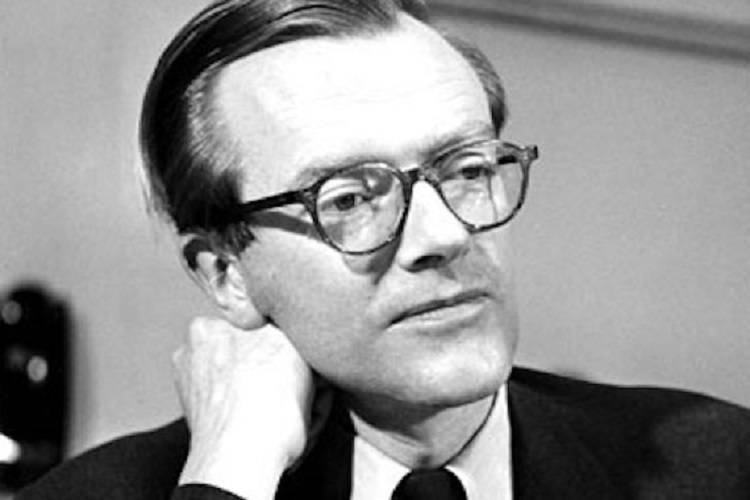A Nobel Pursuit: Maurice Wilkins’ Scientific Journey

Maurice Wilkins (15 December 1916 – 5 October 2004) was a New Zealand-born British biophysicist. Maurice Wilkins was awarded the Nobel Prize in Physiology or Medicine in 1962.
Life and Career
Maurice Wilkins was born on 15 December 1916, in Pongaroa, New Zealand.
He displayed a keen interest in science from a young age, which eventually led him to pursue a career in microbiology. Lwoff’s academic journey began at the University of Paris, where he studied medicine and earned his medical degree in 1927. However, his fascination with microorganisms and their behavior compelled him to delve deeper into the field of microbiology.
Lwoff’s career in microbiology took off when he joined the Pasteur Institute in Paris, one of the world’s leading centers for microbiological research. There, he made significant contributions to the understanding of viruses, bacteria, and the interplay between them. His work primarily revolved around the study of bacteriophages, which are viruses that infect and replicate within bacteria.
One of Lwoff’s most notable discoveries was the concept of the “lysogenic cycle,” which explained how certain bacteriophages could integrate their genetic material into the DNA of their host bacteria, remaining dormant until specific triggers activated them. This groundbreaking work laid the foundation for our understanding of the mechanisms behind viral latency and the regulation of gene expression.
Lwoff’s research also extended to the field of microbiological genetics, where he made essential contributions to our understanding of gene regulation and the role of regulatory genes in controlling various cellular processes. His work significantly advanced our knowledge of how living organisms control and adapt to their environments.
Maurice Wilkins passed away on 5 October 2004, in Blackheath, London, United Kingdom.
Award and Legacy
Maurice Wilkins was awarded the Nobel Prize in Physiology or Medicine in 1962, along with James Watson and Francis Crick, for their groundbreaking work on the structure of DNA. This Nobel Prize recognized their collective efforts in uncovering the double-helix structure of DNA, which revolutionized the field of genetics and molecular biology.
Wilkins’ research and contributions to the field of molecular biology were instrumental in understanding the structure of DNA. His use of X-ray crystallography to study DNA fibers provided critical data that complemented the findings of Watson and Crick. This collaborative effort laid the groundwork for our modern understanding of genetics and paved the way for subsequent discoveries in molecular biology.
Beyond the Nobel Prize, Wilkins’ work continued to impact the scientific community. He remained active in research and advocacy, contributing to various aspects of biophysics and molecular biology. His dedication to scientific inquiry and his commitment to promoting science education left a lasting mark on the field.
Observer Voice is the one stop site for National, International news, Sports, Editor’s Choice, Art/culture contents, Quotes and much more. We also cover historical contents. Historical contents includes World History, Indian History, and what happened today. The website also covers Entertainment across the India and World.

